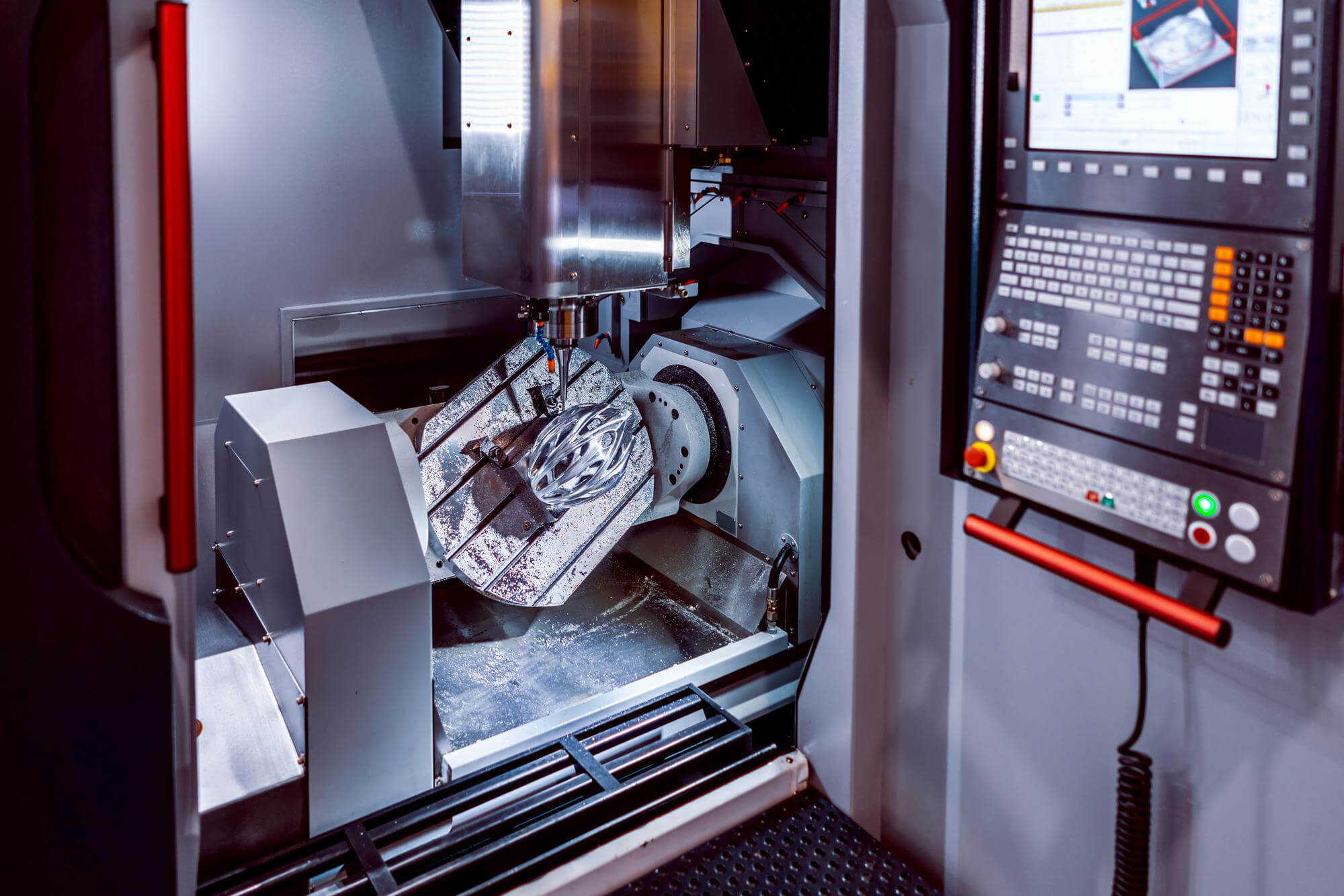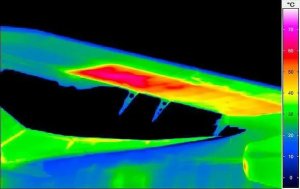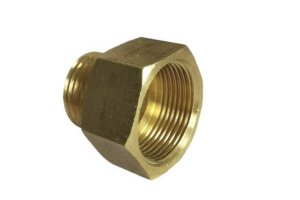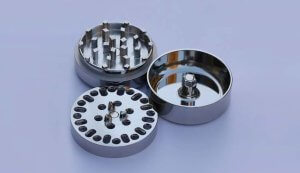A few days ago, I consulted with a CNC engineer about models or part samples. There are various methods for small batch production, but which one is more suitable for the customer?
The engineer provided a comparison of the advantages and disadvantages of CNC, 3D printing, and silicone vacuum casting. I didn’t want to keep this information to myself, so I’m sharing it here in hopes it can help everyone!
CNC Prototyping
Features:
- Good material properties, surface can undergo processes like painting, electroplating, etc.
- Durable and strong, can accommodate screws.
Drawbacks:
- Difficult to fully clear sharp corners during machining, requires manual programming and post-processing or EDM (Electrical Discharge Machining).
- Labor-intensive, high cost, slow machining speed for small parts.
Applications:
- Suitable for parts with high precision requirements, high aesthetic standards, strength, and temperature resistance, with relatively simple structures.
3D Printing
Features:
- Strong capability to create complex structures, including undercuts and internal cross-sections.
- Relatively simple manual processing, fast machining speed for small parts.
Drawbacks:
- Resin is brittle, prone to breaking, difficult to bond.
- Painted surfaces may not look as good, cannot be electroplated, and screws may easily break.
Applications:
- Ideal for producing samples of complex-structured digital products, as well as small enclosures where surface finish and strength are not critical.
Vacuum Silicone Molding
Features:
- Average material properties, but good surface paint results.
- Can produce soft rubber products that CNC and 3D printing cannot.
- Capable of electroplating, accommodating screws, and bonding glue.
- Silicone molds do not deform or shrink, are heat resistant, and can be reused after molding.
- Offers convenience in production, high-quality, affordable, and relatively short production cycles.
- Can prevent unnecessary losses before mass production.
Drawbacks:
- Requires a prototype from 3D printing or CNC, and the cost per set is relatively high.
Applications:
- Suitable for small batch reproduction, fast replication with low precision requirements.
- Ideal for small batch production of large parts, small parts, and soft rubber waterproof rings.
- Suitable for producing personalized products, low-quantity demands, complex structures, and products where traditional steel mold manufacturing is not cost-effective, such as automotive parts, robots, medical devices, and 3C electronic products.
Metal 3D Printing
If the supports are well-prepared, the precision of metal 3D printing is also very high, although the surface texture cannot compare to CNC.
Currently, there is a trend to combine CNC and 3D metal printing for making precision molds. 3D metal printing can create complex internal cooling channels within molds, and then CNC can be used for surface finishing to meet smoothness requirements. This method allows the mold to achieve precision comparable to traditional molds, with better cooling performance in internal channels. The demolding efficiency and quality are superior to traditional molds, representing a trend in precision mold manufacturing.
Other Articles You Might Enjoy
- What are the requirements for CNC machining of bearing parts?
Bearings are common and important parts in the automotive industry, which can support transmission components and transmit torque. Generally, CNC machining centers are used to process bearing parts. So what…
- Evolution of Mills and Machining Centers: The Future of CNC Machining Parts
Stepping into the world of CNC machining, you quickly realize how pivotal mills and machining centers are in crafting precise parts. Over time, these machines have evolved significantly, transforming from…
- Aluminum CNC Machining Service for Custom Parts
Aluminum CNC machining stands at the forefront of modern manufacturing, epitomizing precision, versatility, and efficiency. With its widespread applications across industries ranging from aerospace to automotive and beyond, aluminum CNC…
- Smart Choice for CNC Machining Parts: Comprehensive Analysis of Horizontal Machining Centers
When it comes to CNC machining parts, the type of machining center you choose can significantly impact the efficiency and quality of your work. Horizontal CNC machining centers (HMCs) are…
- Precision CNC Machining of Steel: High-Volume Production
Precision CNC Machining and High-Volume Production As an integral part of modern manufacturing processes, Precision Computer Numerical Control (CNC) machining brings about unmatched accuracy and consistency in the production of…
- Nickel Alloys in CNC Machining: Inconel 718 vs. Monel K-500 for Aerospace and Marine Applications?
Introduction to CNC Machining and Nickel Alloys Computer Numeric Control (CNC) machining is a pivotal process in the manufacturing industry, using pre-programmed computer software to dictate the movement of factory…









